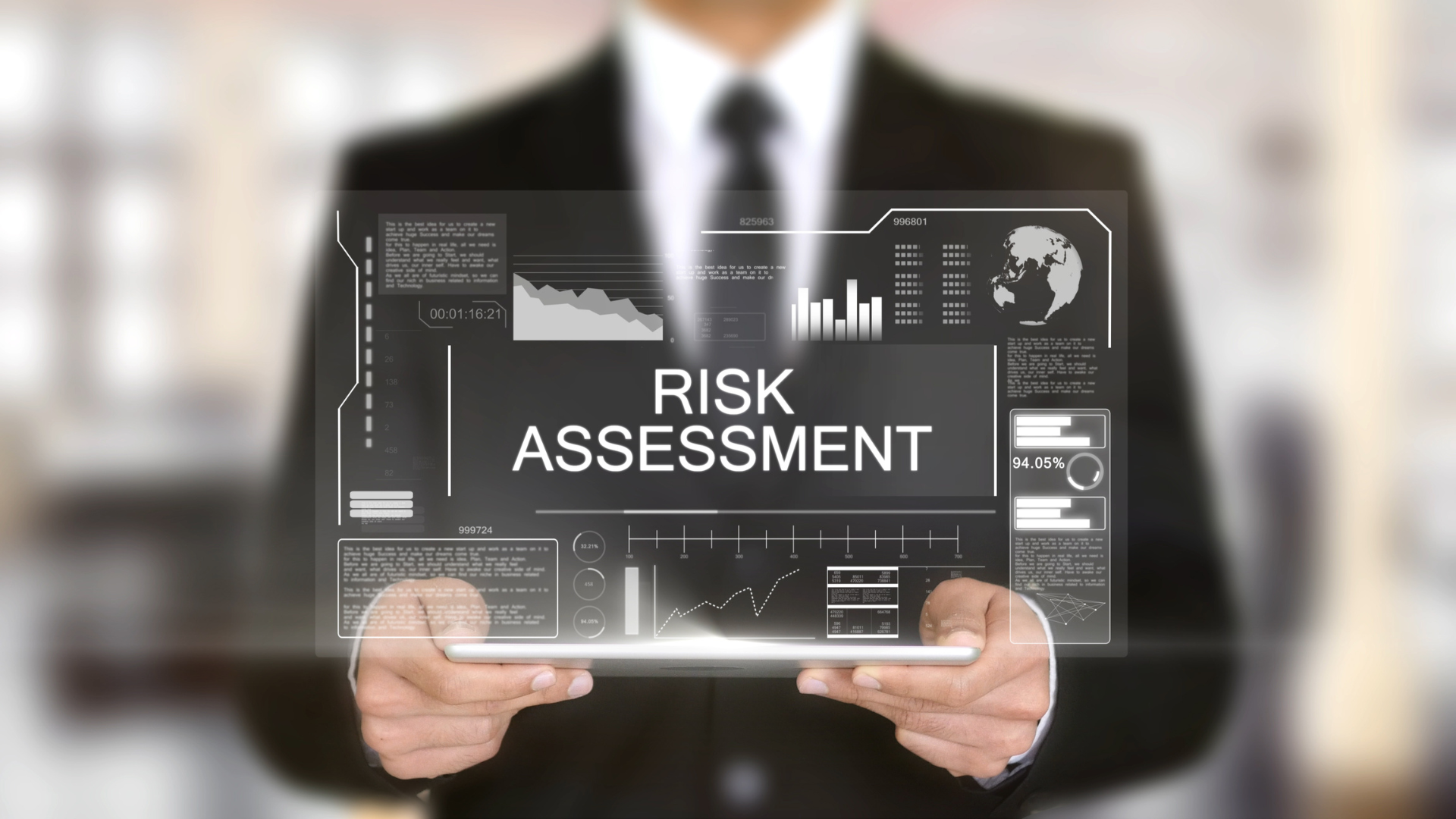Introduction: In the rapidly evolving landscape of Insurtech, the convergence of the Internet of Things (IoT) and risk assessment has sparked a transformative journey in the realm of enhanced underwriting processes. This article explores how the infusion of IoT is revolutionizing risk assessment, providing insurers with real-time insights that lead to more accurate and personalized underwriting within the Insurtech sector.
IoT in Risk Assessment: Transforming Insurance Dynamics:
The integration of IoT into risk assessment heralds a paradigm shift in how insurers evaluate and mitigate potential risks. Traditionally, risk assessment was anchored in historical data, but with the advent of IoT, insurers can now tap into a continuous stream of real-time data, offering a more dynamic and nuanced understanding of risk factors.
Real-Time Data Streams:
IoT introduces a new era of risk assessment by providing insurers with real-time data streams. Connected devices, spanning from smart sensors in homes to telematics in vehicles, generate a constant flow of data. This real-time information empowers Insurtech platforms to gain instantaneous insights into the behaviors and environments of policyholders, laying the foundation for a more accurate risk assessment process.
Telematics in Auto Insurance:
Within auto insurance, the integration of IoT-driven telematics devices marks a transformative leap. These devices meticulously monitor driving behaviors, including speed, braking patterns, and distances traveled. By leveraging the granular data collected from telematics, insurers can assess the risk associated with individual drivers, ushering in a new era of personalized and equitable underwriting processes.
Predictive Analytics for Proactive Risk Mitigation:
IoT introduces the capability of predictive analytics in risk assessment. Insurers utilize these advanced analytics to analyze historical data patterns, foresee potential risks, and take proactive measures to mitigate them. This forward-looking approach enhances the effectiveness of risk assessment, allowing insurers to stay ahead of emerging threats and challenges.
Connected Devices in Property Insurance:
In the realm of property insurance, the incorporation of connected devices such as smart home sensors and security systems offers a trove of data for risk evaluation. Insurtech platforms leverage this data to assess the vulnerability of properties to various risks, resulting in a more comprehensive and accurate underwriting process.
Enhanced Underwriting Processes Through IoT:
The advent of IoT not only transforms risk assessment but also catalyzes a significant evolution in the underwriting processes within the Insurtech sector. Insurers can now move beyond traditional factors, adopting a more nuanced and personalized approach to underwriting.
Customized Coverage Based on IoT Insights:
The insights derived from IoT data empower insurers to tailor coverage based on individual behaviors and circumstances. Whether it’s auto insurance policies reflecting driving habits or home insurance policies crafted around specific security features, enhanced underwriting ensures that coverage aligns precisely with the unique risk profiles of policyholders.
Behavioral Analysis for Precision Underwriting:
IoT facilitates behavioral analysis that transcends traditional underwriting parameters. Insurers can analyze patterns of behavior, such as health and lifestyle choices, to refine underwriting criteria. This precision in underwriting ensures that policies are not only more accurate but also more closely aligned with the individual characteristics of policyholders.
Real-Time Risk Adjustment:
The real-time data provided by IoT devices allows for dynamic underwriting. Insurers can adjust risk assessments and premiums in real-time based on changing circumstances. For instance, in health insurance, wearable devices can offer continuous health data, enabling insurers to dynamically adjust premiums based on the policyholder’s current health status.
Parametric Insurance Models:
IoT contributes to the development of parametric insurance models. These models define payouts based on predefined parameters, often linked to specific IoT-generated data. For example, in agriculture insurance, weather sensors can trigger payouts based on predefined weather conditions, streamlining the underwriting process and providing more transparent coverage.
Challenges and Considerations in IoT-Driven Risk Assessment and Underwriting:
Data Privacy and Security:
The extensive data collected through IoT devices raises concerns about data privacy and security. Insurtech platforms must implement robust measures to safeguard sensitive information and adhere to data protection regulations, ensuring that policyholder data is handled with the utmost care.
Interpretability of IoT Data:
The vastness and complexity of IoT data can sometimes pose challenges in terms of interpretability. Ensuring transparent underwriting processes requires a clear understanding of how IoT-generated data informs decision-making, building trust with regulators, customers, and stakeholders.
Future Outlook and Continuous Innovation:
Looking ahead, the synergistic relationship between IoT and Insurtech is set to evolve continuously. Emerging technologies like edge computing and improved model interpretability will contribute to even more sophisticated and effective underwriting processes, solidifying IoT’s role as a cornerstone in the future of insurance technology.














